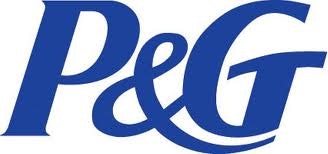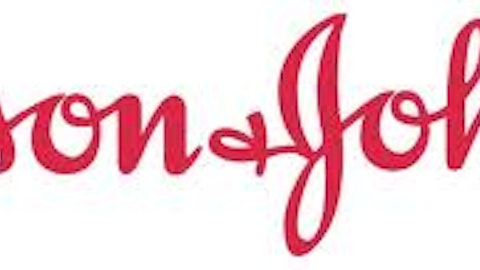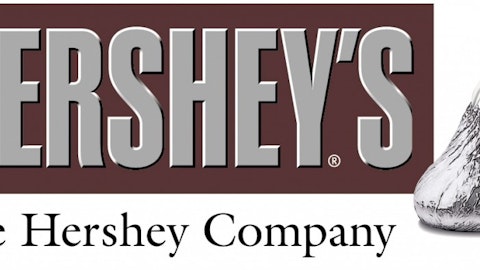Billionaire Warren Buffett has said many times that his investment philosophy is based on a simple rule: he invests in what he knows and understands.
You can practice the same rule (although that is no guarantee that you will achieve the success of Buffett), and a good place to start is investing in the companies that make the products you use every day. Two of those companies that are familiar to most are The Procter & Gamble Company (NYSE:PG) and Johnson & Johnson (NYSE:JNJ).
The Procter & Gamble Company (NYSE:PG) manufactures beauty and household products, with well-known brands such as Head & Shoulders, Crest, Gillette, and Tide. Meanwhile, Johnson & Johnson (NYSE:JNJ) focuses more on healthcare products, with brands such as Tylenol, Listerine, and Band-Aid, in addition to medical devices and several prescription drug brands.
Though they are categorized in different industries (Johnson & Johnson (NYSE:JNJ) in the health care sector and The Procter & Gamble Company (NYSE:PG) in consumer goods), the two companies have many similarities. They are reputable companies with a host of well-known product brands that people have all over their homes. Both companies operate globally, are components of the Dow Jones Industrial Average, and have been around for years. Based on market capitalization, they are almost equal in size, with Johnson & Johnson (NYSE:JNJ) valued at $235 billion and The Procter & Gamble Company (NYSE:PG) valued at $211 billion. Additionally, both pay a dividend of about 3%–a good dividend for many portfolios.
Head To Head Comparison
On a basic level, Procter & Gamble is a better value than Johnson & Johnson: Johnson & Johnson (NYSE:JNJ) is trading at a price to earnings ratio of about 23 and a price to book ratio of about 3.5, while The Procter & Gamble Company (NYSE:PG) is trading at a P/E of around 17 and a price to book of around 3. However, there is much more to these two companies.
In terms of recent stock performance, Johnson & Johnson hit a 52-week high of $85.89 on April 29. The stock has been on a steady rise from $62, an increase of 39%, since June 2012. This is a welcome movement for Johnson & Johnson stockholders, who have watched the stock move nowhere in the three to four years prior to the recent upswing. Meanwhile, Procter & Gamble has moved from its low in June to a 52-week high of $82.54 set on April 23. This has allowed the company to recoup the losses the company suffered in value in late 2008, early 2009, when the stock dropped from about $75 to about $45. Johnson & Johnson has a strong debt-to-equity ratio, with its debt level equal to only 25% of its total equity. It also has stronger liquidity, with a 1.3 quick ratio and a 1.9 current ratio.
Both companies recently reported earnings, and both were impressive. Procter & Gamble reported the results for the January-March 2013 period, its fiscal year third quarter. Net sales increased 2% to $20.6 billion, while earnings per share were $0.88, an increase of 7% versus the prior year period. The company generated operating cash flow of $3.9 billion during the quarter and raised its share repurchase target from $5 billion to $6 billion for the fiscal year. Over the last four fiscal years, the company’s sales have been relatively flat ($79 billion in 2009 to $83.7 billion in 2012), while net income has fallen in each of the last four years, from $13.44 billion in fiscal 2009 to $10.76 billion in the last fiscal year.
Around the same time that Procter & Gamble announced earnings, Johnson & Johnson announced sales of $17.5 billion for the first quarter of 2013, an increase of 8.5% as compared to the first quarter of 2012. Net earnings for the current quarter were $4.1 billion and diluted earnings per share were $1.44, representing increases of 8% and 5.1%, respectively, as compared to the same period in 2012. Over the last four full years, Johnson & Johnson’s sales have increased from $62 billion in 2009 to $67 billion last year. Net income growth has been non-existent during the same time, totaling $12.27 billion in 2009, $13.33 billion in 2010, $9.67 billion in 2011 and $10.85 billion in 2012.






